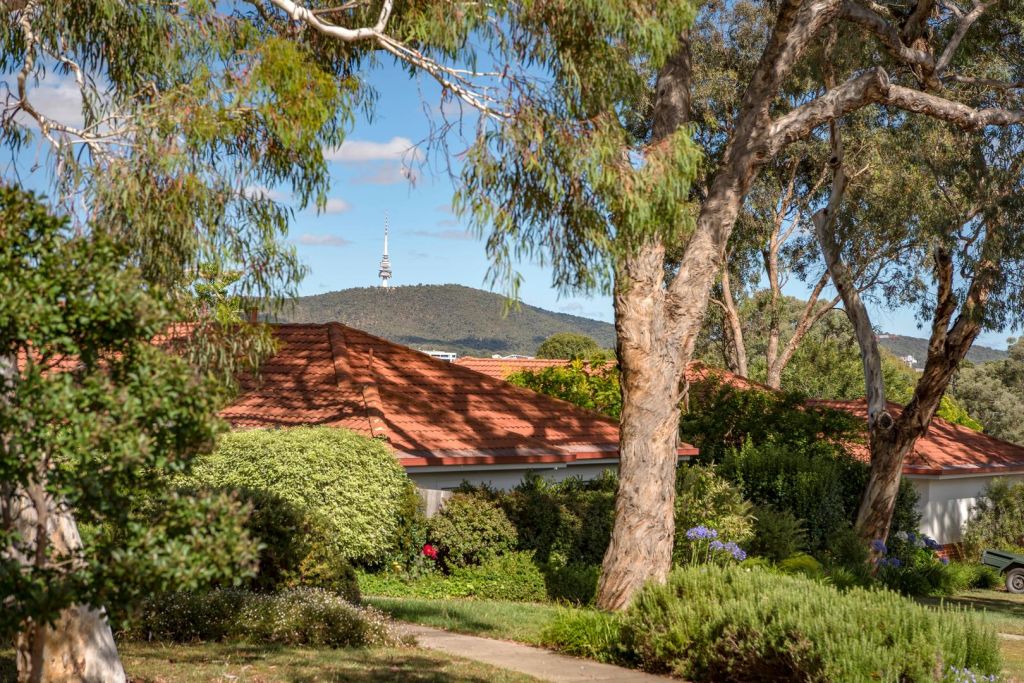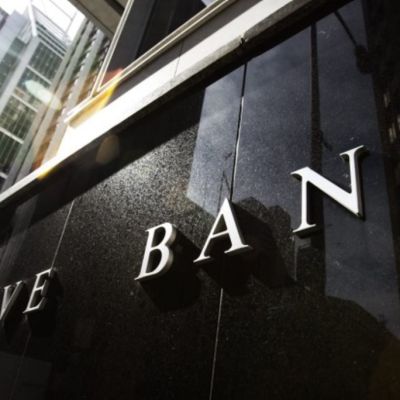Will there be distressed sales in Canberra this year?

Despite multiple cash rate increases, many Canberra home owners aren’t in a rush to sell their properties but they are having to sell at a discounted rate, figures have shown.
Domain data has revealed so far in May, Canberra’s total percentage of distressed listings was just 1.01 per cent, a marginal increase from April when it sat at 0.82 per cent.
The data comes after the Reserve Bank of Australia lifted the cash rate by 25 points to 3.85 per cent after the RBA held the rate in April.
Data on Domain listings are filtered for a variety of keywords that suggests the seller is seeking an urgent sale, such as a desperate or motivated seller, mortgagee in possession or repossession — just to name a few.
Total distressed listing in the ACT
Date
Total distressed listings
May-23
1.01%
Apr-23
0.82%
Mar-23
1.01%
Feb-23
1.08%
Jan-23
1.40%
“Distressed listings are a really good health metric for market dynamics and what this shows in Canberra is that distressed listings remain very low,” said Domain chief of research and economics Dr Nicola Powell.
“It means that to date, home owners have been able to weather the consecutive interest rate hikes that we’ve seen and those on variable rates have been able to withstand the change in their mortgage repayments
“That fixed rate cliff is coming but, largely, the ACT looks to be in a good position because it’s a very small percentage of overall stock that is deemed as distressed.”
But Domain data has also revealed that sellers are having to sell their homes at a discounted figures. The data compares the advertised price to sold price and in the capital, 6.3 per cent of properties were discounted sales.
Sales discounting in the ACT – Houses
Date
Percentage
Apr-23
6.3%
Mar-23
6.5%
Feb-23
6.0%
Jan-23
6.0%
“This is what you’d expect when market conditions are slowing but I think what’s interesting is that when you look at the ACT overall from March to April for houses, we’re starting to see it edge downwards now,” Powell added.
In April, 6.5 per cent were discounted sales in the whole city but when you drilled down to a region level, 9.1 per cent of sales in the Inner South were discounted – the highest of all Canberra regions.
“It’s clear that the Inner South is the weakest market, it has the biggest mismatch between seller expectations and what buyers are willing to pay for the home,” Powell said.
Sales discounting across ACT regions – Houses
State
Region
Apr-23
Apr-22
Annual Change
ACT
Belconnen
5.7%
3.4%
68.4%
ACT
Gungahlin
5.9%
3.9%
51.7%
ACT
Molonglo Valley
ACT
Inner North
6.9%
ACT
Inner South
9.1%
ACT
Tuggeranong
5.8%
4.4%
33.0%
ACT
Weston Creek
8.5%
ACT
Woden Valley
6.5%
While discounted sales measure private treaty sales, the Inner South also recorded the lowest auction clearance rate in the month of April.
Despite this, Luke McAuliffe of MARQ Property said great sales were still being achieved across the capital.
“There was a fair bit of uncertainty for a little while after the consistent interest rate rises but there’s been some great results and some suburb records achieved as well,” he said.
“I wouldn’t say there have been distressed or discounted sales but rather sellers who have adjusted to a level of normality.
“I’ve seen this market before and while some sellers are looking at pandemic conditions when we had about 100 people through an open home, a level of normality is when you get five to 10 which is what we’re seeing at the moment.”

McAuliffe said that managing sellers’ expectations was key during a campaign.
“As an agent, we always try to achieve the best possible price for our clients … so, it’s great when the market is holding steady and sales are being made because then you’re able to have some quality data to accurately price a home – not only for the seller but also for the buyer,” he said.
Powell added that if there were more cash rate increases, it was highly unlikely to result in a concerning number of distressed listings.
“Considering that we’ve had declines in prices and the steepest downturn that Canberra’s ever seen currently and distressed listings haven’t increased – I’m not expecting it to increase as much,” she said.
“It might increase marginally but I’m not expecting it to be at the 2012 levels when we’ve already experienced declines in price and the change in cash rate has been harder today compared to 2012.”
In June 2012, 6.41 per cent of total listings were considered distressed listings. At the time, the cash rate was 3.5 per cent.
We recommend
We thought you might like
States
Capital Cities
Capital Cities - Rentals
Popular Areas
Allhomes
More









